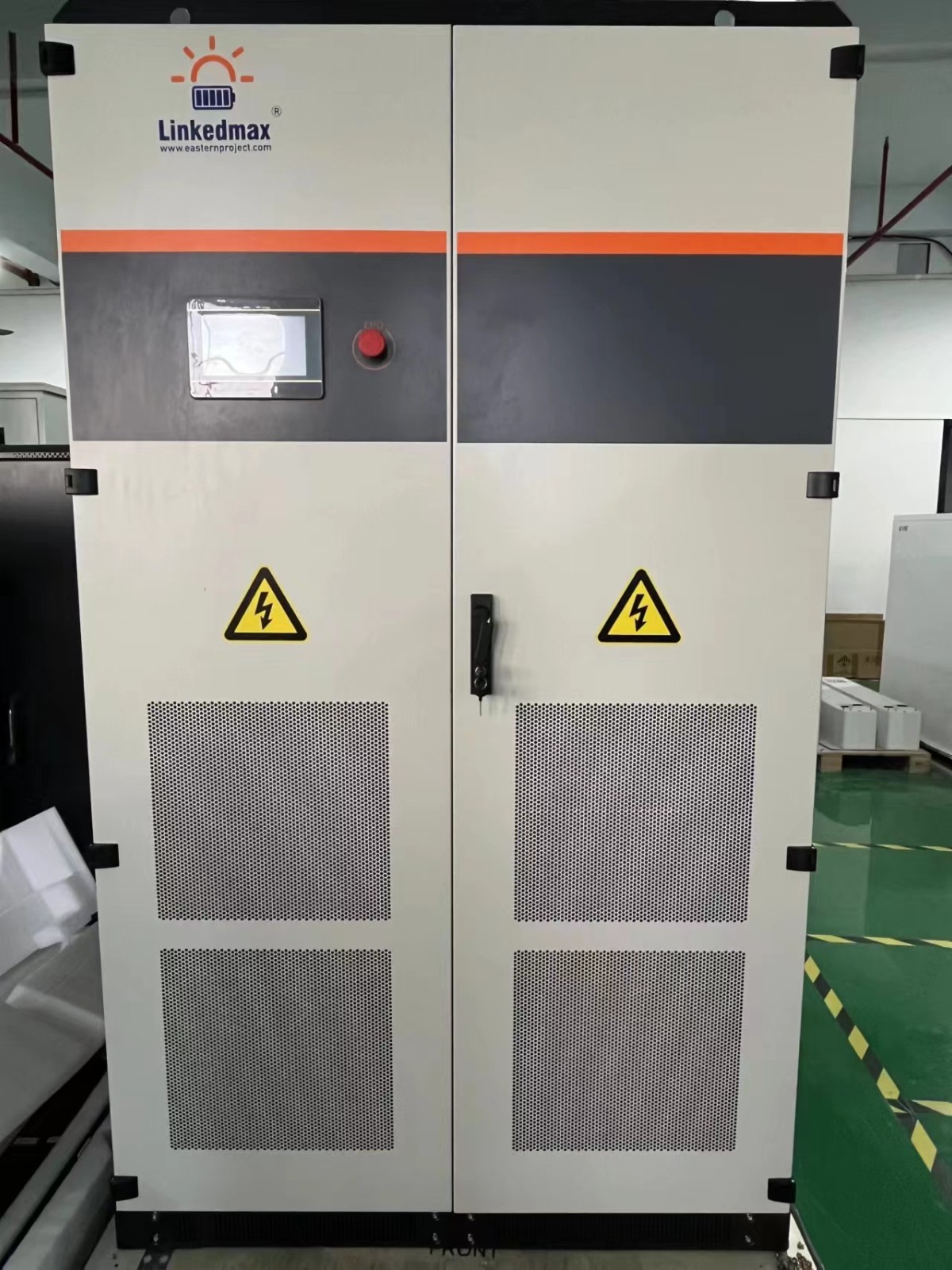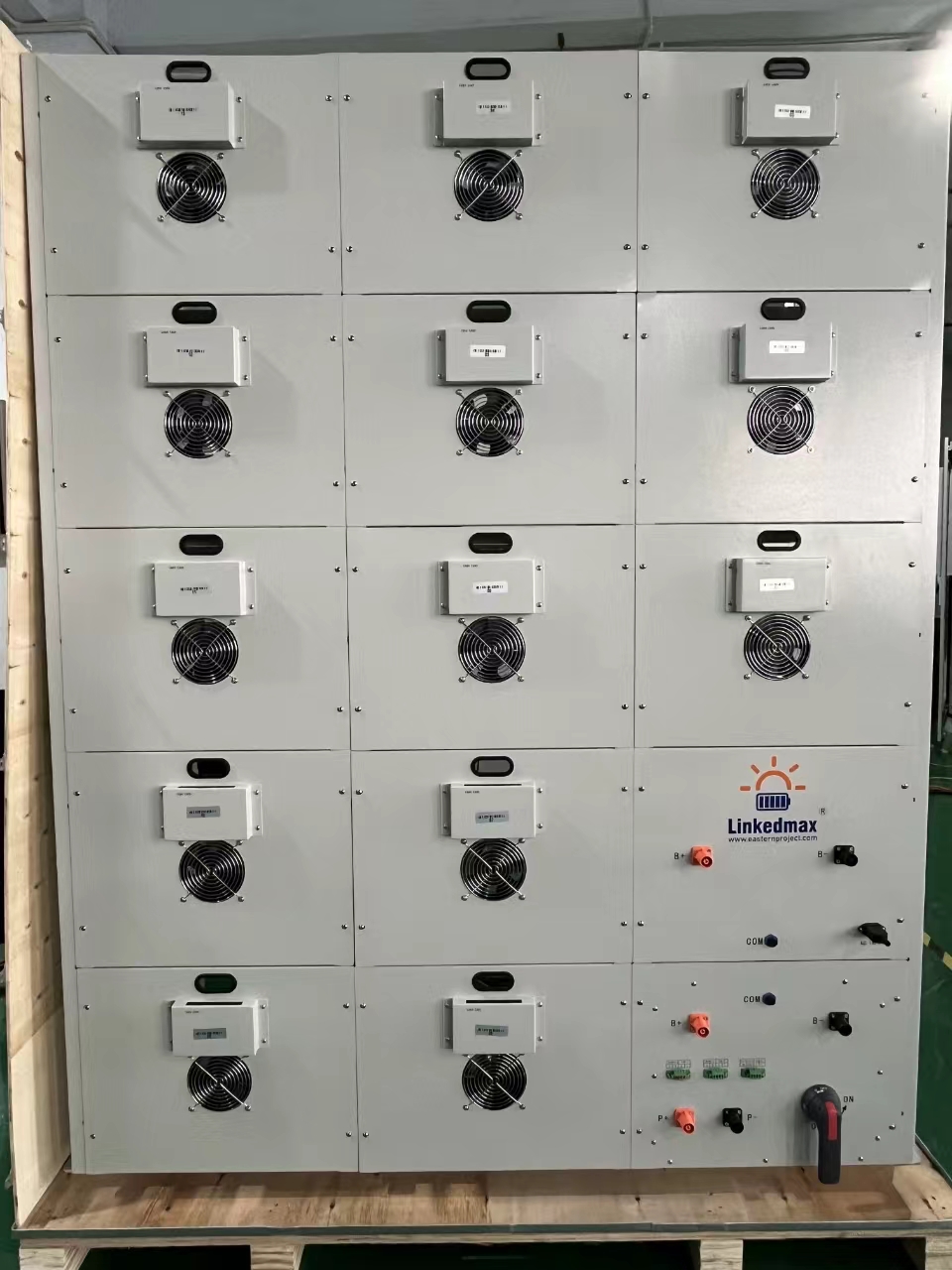Phone
+86 13502886530A1: Yes, our factory is in Shenzhen, china. Specializing in rechargeable batteries. Lithium ion batteries, lithium batteries and power batteries and chargers for more than 10 years.
A2: All of our e-bike batteries come with charger.We have normal charger and fast charger.If you need fast charger please contactwith us
A3: Yes, Our batteries all with SEIKO IC BMS, with stable performance.Which can protect the battery avoid short circuit,Overcharged,Overdischarge and Overcurrent.
A4: Electric Bike Battery will be sent out within 5 days after confirmed order,shipping will cost 3-15days,it depend on quantity and which battery you need.
The battery should have around 800-1200 recharge cycles, about 2-3 years.Its capacity diminishes over time, when it goes down to 75%,you should replace it.The more you use the bike, the better the battery retains its capacity, since it keeps the Lithium moving.
The battery should be stored in clean, dry, ventilated, dark environment when not using.Keep it after full charge,recharge it every 3 months or 6 months.
Yes, We are a professional Electric Bike Battery manufacture with factory, which produce all kind of high quality Ebike lithium batteries as customers' requirements and designs, welcome to place OEM and ODM orders and visit our factory.
Ebike Li-ion battery have longer cycle life,normal cyclelife is 6000-8000times, and also with light weight, small size, No-memory effect, Nontoxic, environmental.
The price come with Bus bars and Bolts,One Battery will come with one set bus bar and bolt(e.g.,If buy 4pcs battery,we will send 4pcs cells with 4pcs busbars and 8pcs bolts)If need more please contact us online.
Pack with strong package, each cell into thickness PE foam or bag, then into 5 layers strong carton.
LiFePO4 200KW Power Station

A 200 kW LiFePO4 power station is a significant and robust energy storage system, typically used for large-scale applications such as commercial and industrial backup power, grid support, or renewable energy integration. Here are some detailed aspects of such a power station:
LiFePO4 Battery Modules: Multiple high-capacity battery cells arranged in series and parallel configurations to achieve the desired voltage and capacity.
Battery Management System (BMS): Ensures safe operation, monitors the health of the battery, and balances the charge across cells.
Inverter/Charger: Converts DC power from the batteries to AC power for use with standard electrical systems and vice versa for charging.
Cooling System: Manages the temperature of the battery modules to maintain optimal performance and longevity.
Control System: Monitors and manages the overall operation of the power station, often with remote monitoring capabilities.
Safety Features: Includes fire suppression, ventilation, and physical protection to ensure safe operation.
Commercial and Industrial Backup Power: Provides reliable power during outages, ensuring continuity of operations.
Grid Support: Helps stabilize the grid by providing peak shaving, load shifting, and frequency regulation services.
Renewable Energy Integration: Stores excess energy generated from solar panels or wind turbines for use when production is low.
Microgrids: Powers isolated or remote communities and facilities, offering a reliable and autonomous energy source.
Electric Vehicle Charging Stations: Acts as a buffer to supply high-power charging without straining the local grid.

High Capacity and Power Output: Can handle large loads and provide substantial energy storage.
Scalability: Modular design allows for easy expansion to meet increasing energy needs.
Efficiency: High round-trip efficiency, meaning more of the stored energy is available for use.
Longevity: Long cycle life reduces the need for frequent replacements, lowering the total cost of ownership.
Safety: LiFePO4 chemistry is stable and safe, reducing the risk of thermal runaway and fires.
Initial Cost: Higher upfront cost compared to smaller systems or traditional lead-acid batteries.
Space Requirements: Large footprint needed for installation, including space for the batteries, inverters, and cooling systems.
Installation and Maintenance: Requires professional installation and periodic maintenance to ensure optimal performance.
Integration with Existing Systems: May need compatibility checks and adjustments to work seamlessly with existing electrical infrastructure.
Capacity: 200 kWh (energy) to 800 kWh or more, depending on the configuration.
Power Output: 200 kW continuous, with higher peak capacities for short durations.
Voltage Range: Typically 400-800V DC, converted to standard AC voltages (e.g., 240V, 480V).
Cycle Life: 3000-5000 cycles at 80% depth of discharge.
Efficiency: 90-95% round-trip efficiency.
